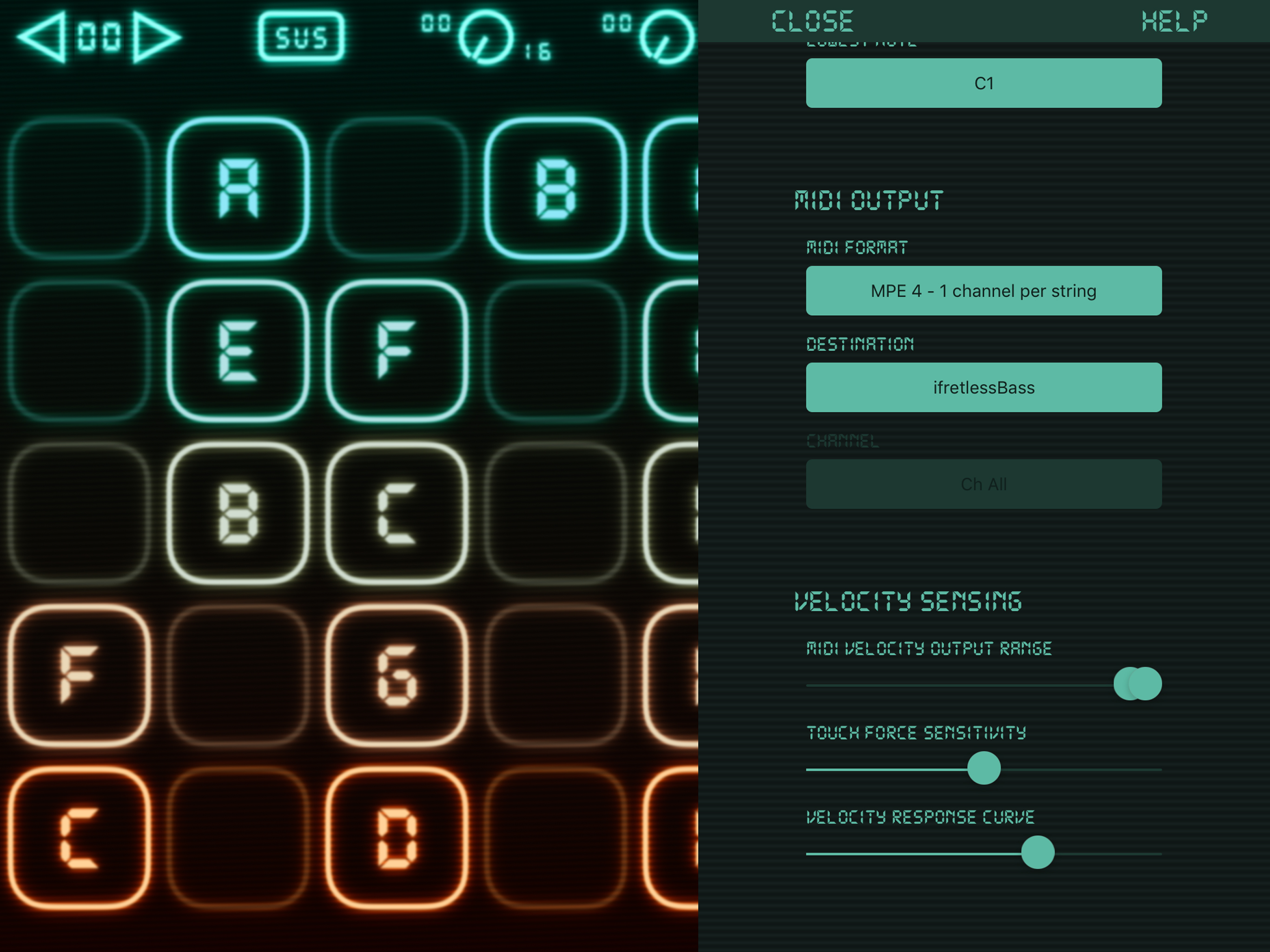
- #Midi note number locations how to
- #Midi note number locations install
- #Midi note number locations full
- #Midi note number locations software
These devices are not used to control external sound modules or virtual instruments within Studio One, but rather Studio One itself. A Control Surface in Studio One is a hardware device that is designed to control mix functions, like the PreSonus FaderPort-series. The sound modules will be set up as an Instrument. The MIDI controls (keyboard, pads, knobs, faders, etc.) will be set up as a Keyboard. Studio One views the controller and tone-generation functions as two different devices: a MIDI keyboard controller and a sound module. In some cases, your MIDI keyboard controller is also used as a tone generator. An Instrument in Studio One refers to external tone generators that are controlled via MIDI.
#Midi note number locations software
In Studio One, a Keyboard is a hardware device that is generally used for playing and controlling other MIDI devices, virtual instruments, and software parameters.Any device that is used to control instruments, is called a Keyboard, this also includes pad controllers like ATOM.
#Midi note number locations how to
Please consult the documentation that came with your MIDI hardware for complete installation instructions.īefore we discuss how to set up your MIDI devices, let's define the three diferent types of external MIDI devices configured from this window:
#Midi note number locations install
Note that if you are using a third-party MIDI interface or USB MIDI-controller keyboard, you must install any required drivers for these devices before beginning this section. This article will guide you through setting up your MIDI keyboard controller and sound modules. In practice, a MIDI software can label middle C (261.626 Hz) as C 3–C 5, which can cause confusion, especially for beginners.From the External Devices window in Studio One, you can configure your MIDI keyboard controller, sound modules, and control surfaces. Note that for a classical piano and musical theory, the middle C is usually labelled as C 4 However, in the MIDI standard definition (like the one used in Apple's GarageBand), this middle C (261.626 Hz) is labelled C 3. Treble C, Tenor High C (written an octave higher for tenor voices), 1' Organ Pipes

Low C, cello C, 8' C (see organ pipe length)Ĥ' C or Tenor C (organ), viola C, Tenor Middle C (Tenor Voice) Triple Low C (32' Organ Pipes), Octobass Cĭouble Low C (16' Organ Pipes), (Double Bass w/ either Low C Extension, 5 Strings, or in 5ths Tuning)
#Midi note number locations full
In older stoplists it usually means that a rank wasn't yet full compass, omitting the bottom octave, until that Bottom Octave was added later on.ĭesignation by octave Scientific designation Tenor C is an organ builder's term for small C or C 3 (130.813 Hz), the note one octave below Middle C. The term Low C is sometimes used in vocal music to refer to C 2 because this is considered the divide between true basses and bass-baritones: a basso can sing this note easily, whereas other male voices, including bass-baritones, typically cannot. In vocal music, the term High C (sometimes less ambiguously called Top C ) can refer to either the soprano's C 6 (1046.502 Hz c′′′ in Helmholtz notation) or the tenor's C 5 both are written as the C two ledger lines above the treble clef but the tenor voice sings an octave lower. Alternatively, it is written on the centre line of a staff using the alto clef, or on the fourth line from the bottom, or the second line from the top, of staves using the tenor clef.

On the Grand Staff, Middle C is notated with a ledger line above the top line of the bass staff or below the bottom line of the treble staff. This technically inaccurate practice has led some pedagogues to encourage standardizing on C 4 as the definitive Middle C in instructional materials across all instruments. C 4 may be called Low C by someone playing a Western concert flute, which has a higher and narrower playing range than the piano, while C 5 (523.251 Hz) would be Middle C. While the expression Middle C is generally clear across instruments and clefs, some musicians naturally use the term to refer to the C note in the middle of their specific instrument's range. Middle C (the fourth C key from left on a standard 88-key piano keyboard) is designated C 4 in scientific pitch notation, and c′ in Helmholtz pitch notation it is note number 60 in MIDI notation. A movement to restore the older A435 standard has used the banners "Verdi tuning", "philosophical pitch" or the easily confused scientific pitch. After the A440 pitch standard was adopted by musicians, the Acoustical Society of America published new frequency tables for scientific use. Scientific pitch was originally proposed in 1713 by French physicist Joseph Sauveur and based on the numerically convenient frequency of 256 Hz for middle C, all C's being powers of two.

For an instrument in equal temperament tuned to the A440 pitch standard widely adopted in 1939, middle C has a frequency around 261.63 Hz (for other notes see piano key frequencies).


 0 kommentar(er)
0 kommentar(er)
